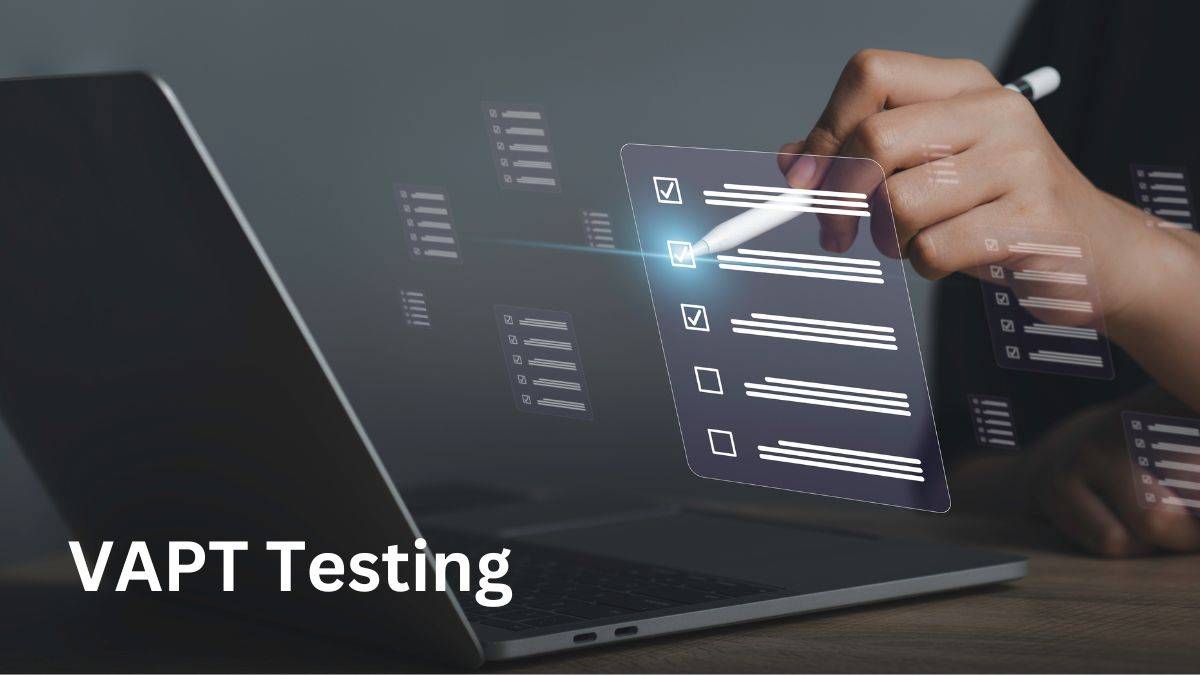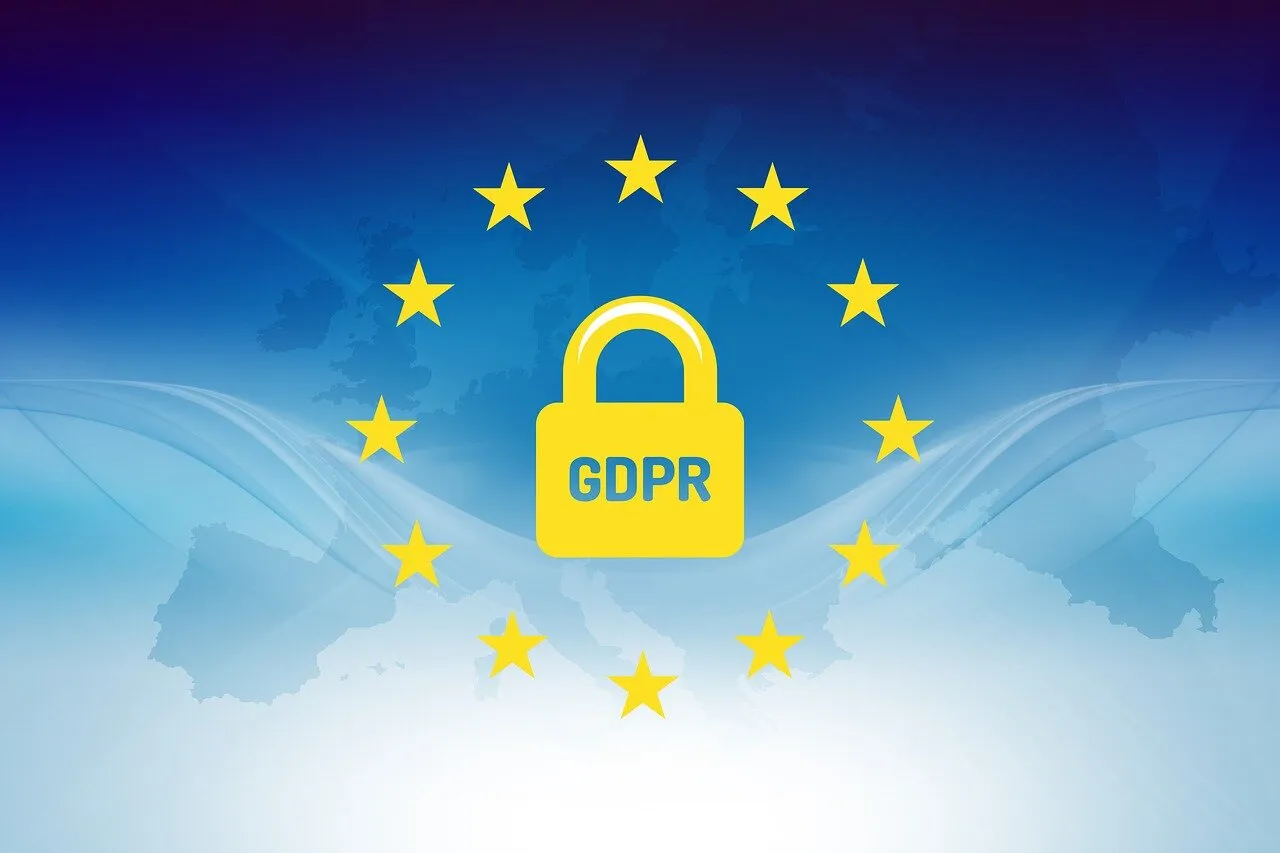Data security is of utmost significance in the modern corporate environment. SOC Compliance Certification In US, a systematic method of data protection is provided. The American Institute of Certified Public Accountants (AICPA) created the SOC 2 framework. For service providers handling sensitive client data, it is crucial. SOC 2 compliance implementation is a meticulous, multi-step procedure.
Understanding SOC 2 Compliance
Organizations that comply with SOC 2 are guaranteed to satisfy certain standards for data security as well as management. A different facet of data protection is covered by each premise. SOC 2 compliance is essential for improving operational security while building the trust of customers. For organizations to successfully achieve these criteria, processes must be established.
Step 1: Defining Objectives and Scope
Determining the goals is the first stage in SOC Compliance Certification in the US. Businesses must determine which systems and data need to be protected. Finding the pertinent Trust Service Criteria is another step in determining the scope. The entire compliance process may be streamlined by establishing specific goals. This base is essential for effectively handling regulatory needs.
Step 2: Selecting the Right Auditor
Selecting the appropriate SOC 2 auditor is a crucial choice. A certified public accountant (CPA) with expertise in SOC 2 standards is required of the auditor. They are responsible for assessing controls besides making sure SOC 2 guidelines are followed. A seasoned auditor provides direction at every stage.
Step 3: Conducting a Readiness Assessment
A thorough analysis of the systems in place is called a readiness assessment. This step finds any discrepancies between SOC 2 criteria. Before the formal audit starts, organizations may close these deficiencies. It offers a precise road map for the required enhancements.
Step 4: Implementing Necessary Controls
Implementing security measures based on Trust Service Criteria is the main component of SOC 2 compliance. Every control should meet the requirements pertinent to the SOC 2 scope of the company. Working together across departments and teams is necessary to implement these measures. Continuous monitoring is necessary for effective implementation to guarantee constant performance.
Step 5: Performing Internal Testing
Organizations should carry out internal testing when controls are established. Testing enables the company to evaluate the efficacy of controls. Simulated situations are frequently used in internal testing to assess control reactions. Important information on system preparedness for the formal SOC 2 audit is provided by this procedure.
Step 6: Undergoing the SOC 2 Audit
The last phase of the implementation process is the formal SOC 2 audit. Depending on the size of the company, this procedure might take several weeks. A report outlining adherence to the Trust Service Criteria will be generated by the auditor.
A methodical strategy is necessary for the SOC 2 implementation process. Organizations may improve the security of their data by using this advice from Soc2-aicpa.com. SOC 2 compliance promotes confidence.








